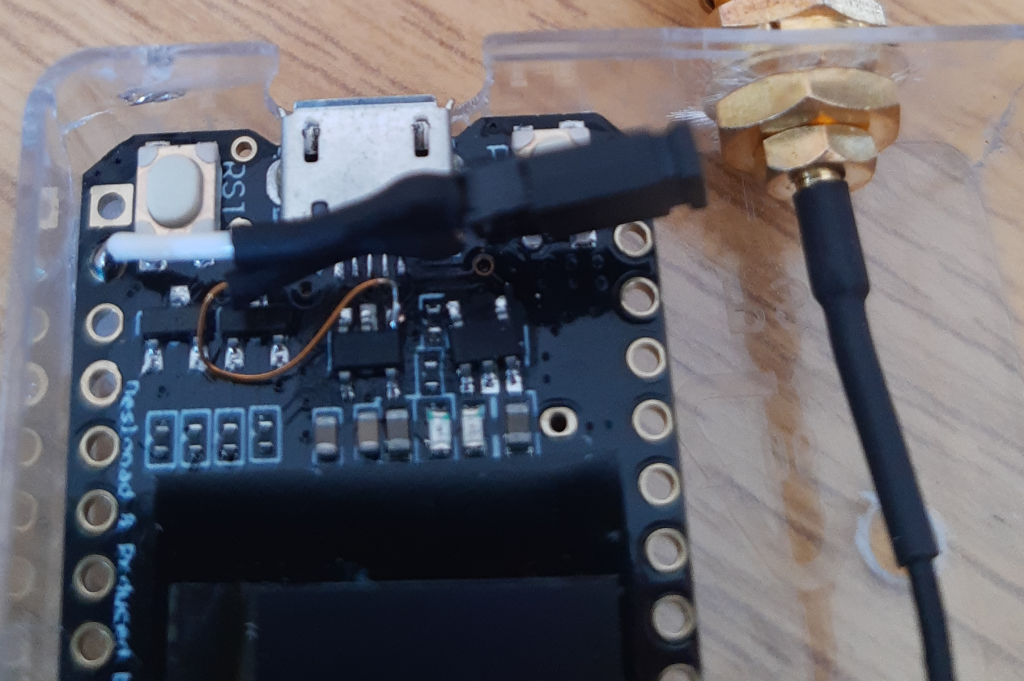I also have this problem with this board from Banggood. I'm using this exampleto connect to TheThingsNetwork. I tried several software solutions in this thread, but I was not able to reduce the power consumption below 10mAH.
Is there anything other I could try to reduce the power consumption without removing components?



Hardware:
Board: Heltec ESP32 WiFi Lora Board Core Installation/update date: 25/nov/2017 IDE name: Arduino IDE Flash Frequency: 80Mhz Upload Speed: 921600
Description:
I want to set the esp32 to deep sleep mode and measure the power consumption. The esp32 specification says that the power consumption should be in the µA range. My measurement is between 3mA and 10mA in deep-sleep mode. I'm powering the board with 3.7V lipo on the 3.3V input pin.
Sketch: